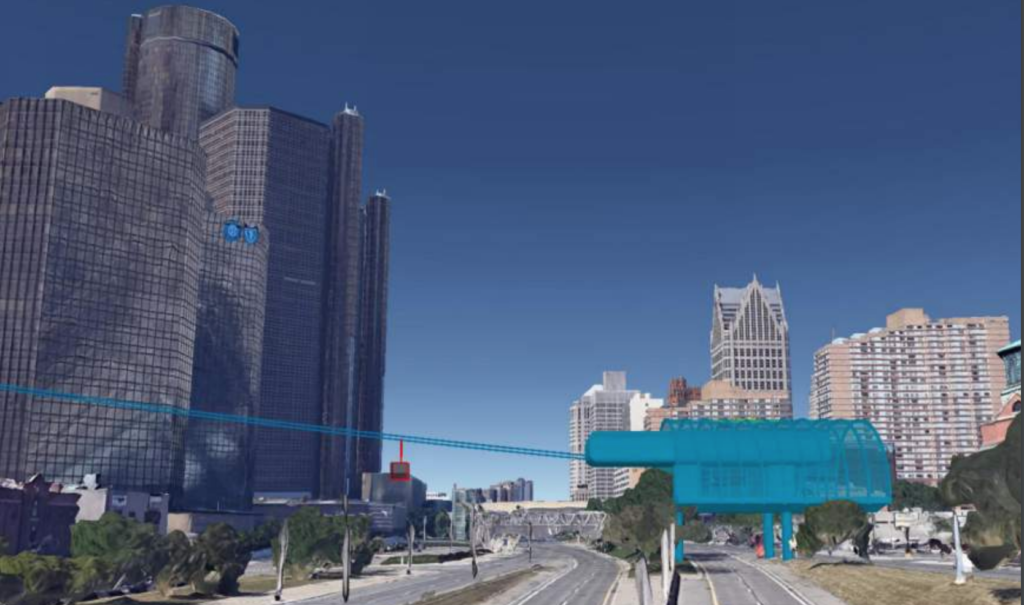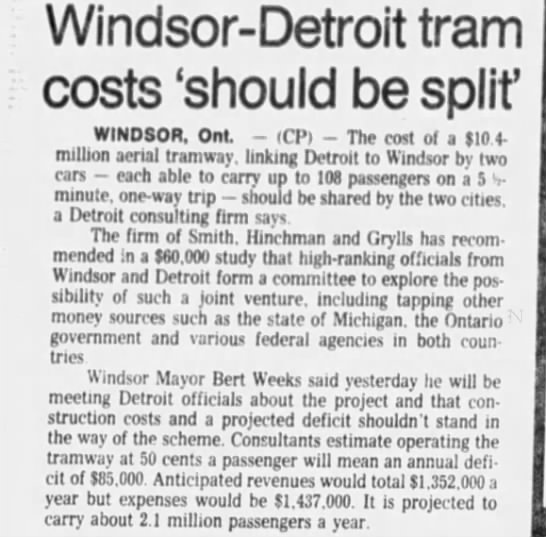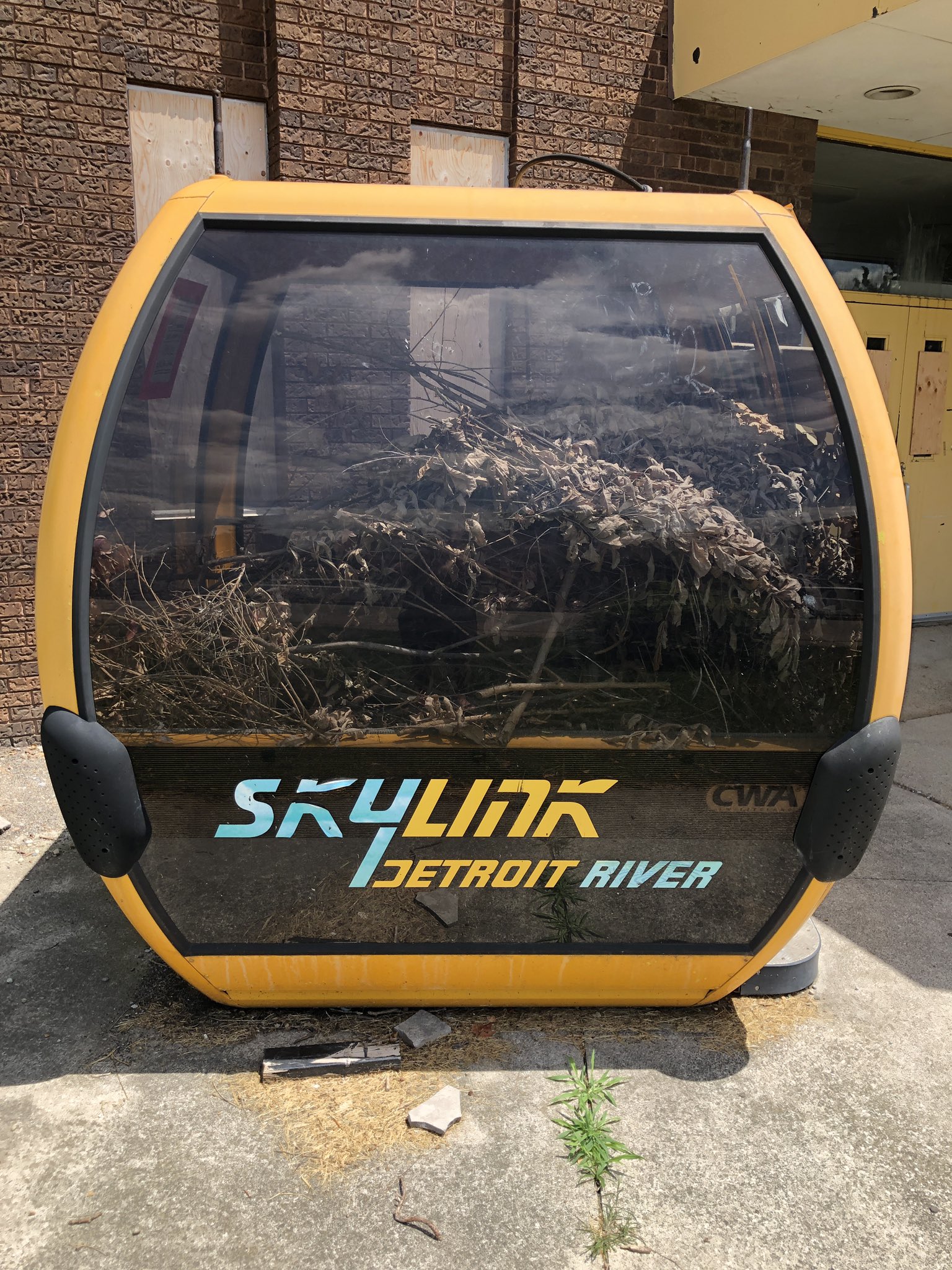WINDSOR - DETROIT AERIAL GONDOLA
The Windsor-Detroit border is the busiest international crossing in North America. According to the Ambassador Bridge website, more than 40,000 commuters, tourists, and truck drivers carrying $323 million worth of goods cross the Windsor- Detroit border each day.
- One of the world’s most unique tourist attractions
- Exciting connection between two great countries
- Experience Detroit River skylines from unique vantage point
- Draws people to revitalized waterfronts Creating a vibrant downtown in both cities
- Generates traffic for local businesses and casinos
- Makes Detroit/Windsor Region a destination area
- Attracts local, national and international interest
- “Two Nation Vacation” concept
- No traffic tie ups
- Environmentally friendly
- Comfortable, quiet ride All cabins wheelchair accessible
WHAT ARE THE STRATEGIC GOALS OF THIS STUDY?
As a detailed feasibility analysis is an increasingly expensive process given the complex interplay of social, political, economic and environmental factors, this phase-one study provides the Client with enough comprehensive analysis to make informed judgments about the project prior to committing the extensive resources required of a full detailed technical analysis.
USEFULNESS
To determine if an aerial gondola would be a useful and functional transportation link between Windsor and Detroit.
ALIGNMENT
To understand where the stations, towers, and gondola alignment could be located.
EFFECTIVENESS
To verify that a high-capacity urban gondola system can effectively cross the river while providing adequate river clearance.
MAGNITUDE
To understand an order of magnitude gondola system cost.
History
The first serious proposal came from Royal Oak building engineers Paul and George Amber in 1963. Their company, AmeriCanada TeleFerry Co., received approvals and support from the city of Windsor and the Detroit City Council.
In the late 1970s, Detroit’s Downtown Development Authority and the City Council commissioned separate studies on the subject, both of which said a gondola line would be realistic and a economic boom.
But both projects failed. The Ambers’ proposed $3 million “teleferry” ran into problems with property acquisition in Detroit. They said Mayor Jerome Cavanagh reneged on an agreement to allow a boarding station west of Cobo Hall. The Ambers sued the city and received an $80,000 judgment, but the Swiss company providing equipment backed out because of the delays.
Mel Ravitz, a city councilman at the time, said most city officials thought it was a good idea but thought site location would be a problem.
“You have to have sites on both sides pretty much straight across, and there were some questions as to whether that was practical,” Ravitz said.
After the city completed its 1979 study, the local economy went south, and federal funds for such projects dried up, said Clyde Cleveland, a 28-year council member.
ECONOMIC IMPACT
As a detailed feasibility analysis is an increasingly expensive process given the complex interplay of social, political, economic and environmental factors, this phase-one study provides the client Dr. Louis Vaupotic, DDS with enough comprehensive analysis to make informed judgments about the project prior to committing the extensive resources required of a full detailed technical analysis.
$350,000,000 IN NEW ECONOMIC ACTIVITY
$80,000,000 NEW VISITORS SPENDING
1 MILLION NEW ANNUAL VISITORS TO WINDSOR
$44,000,000 NEW TAX REVENUE
2,345 NEW JOBS

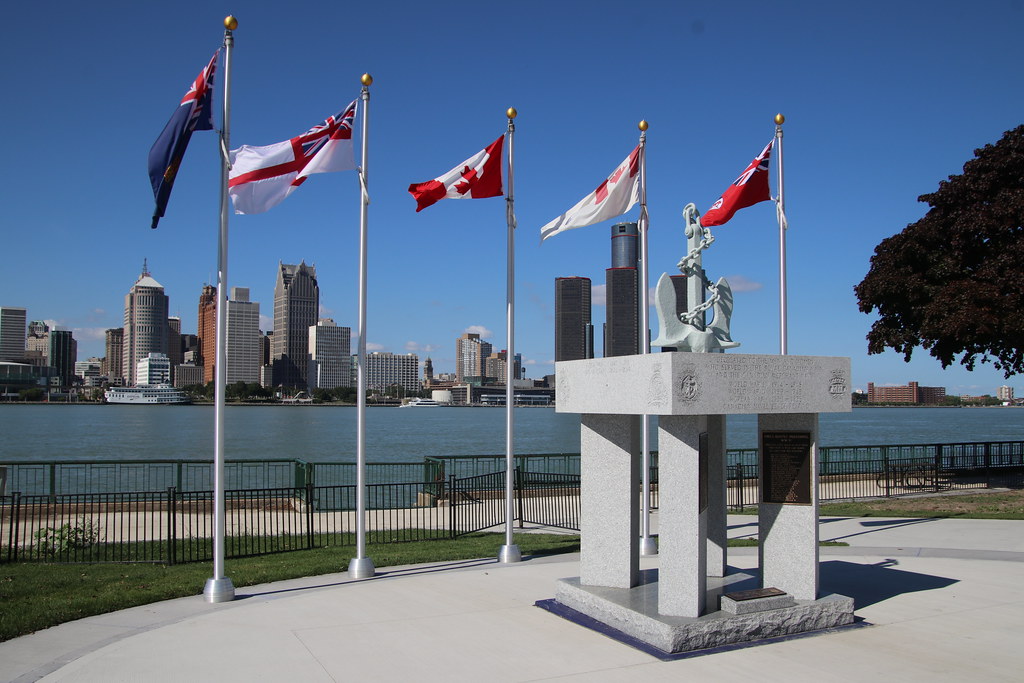
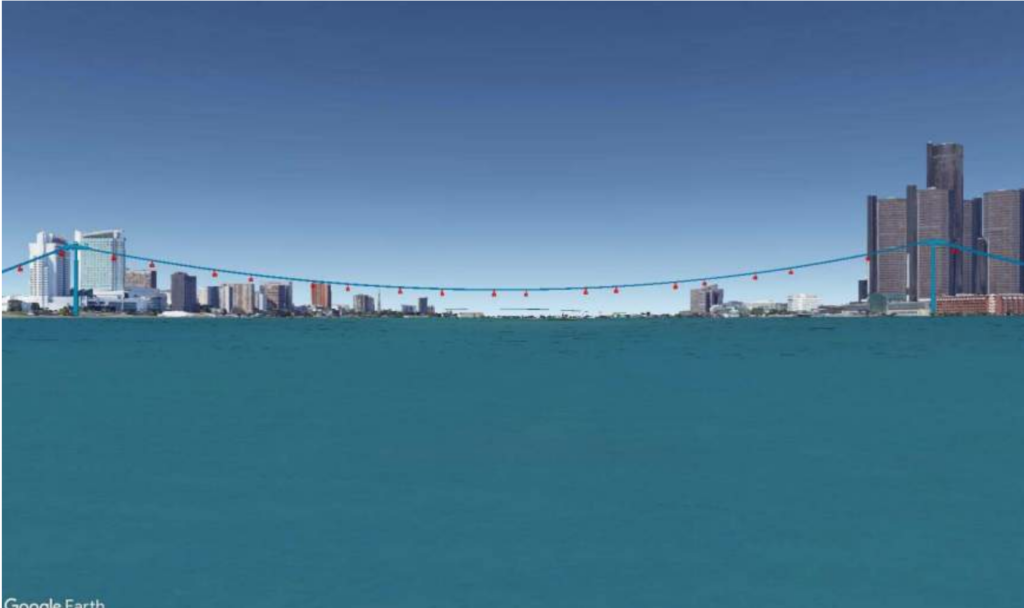
Donate Now
To continue the case study, we need need your contribution.
OUR PARTNERS
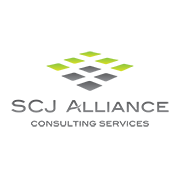
Louis Vaupotic B.Sc, DDS Concept Director
Veronica Baron Director of Marketing
Alexandra Vaupotic Creative Director.

